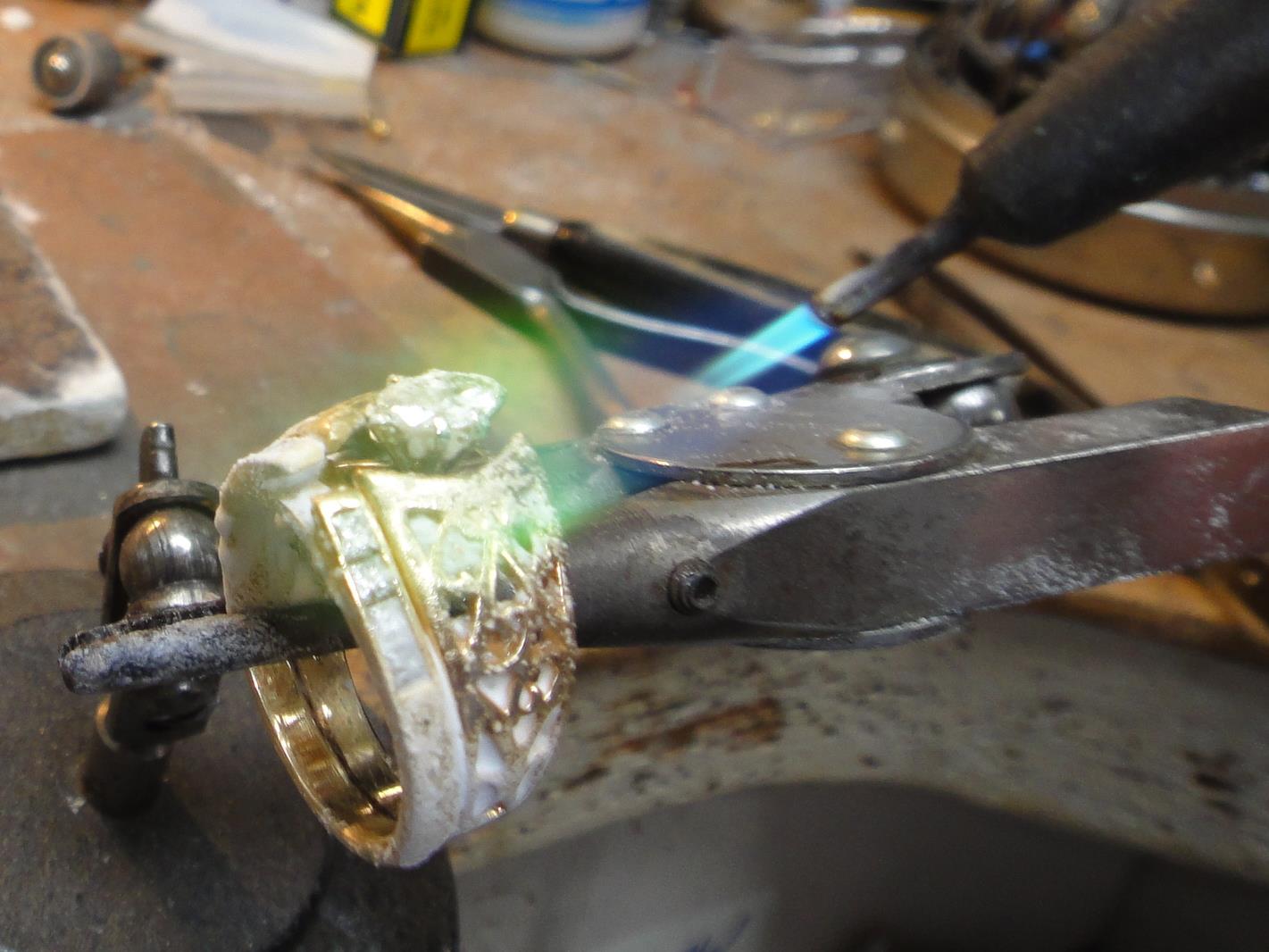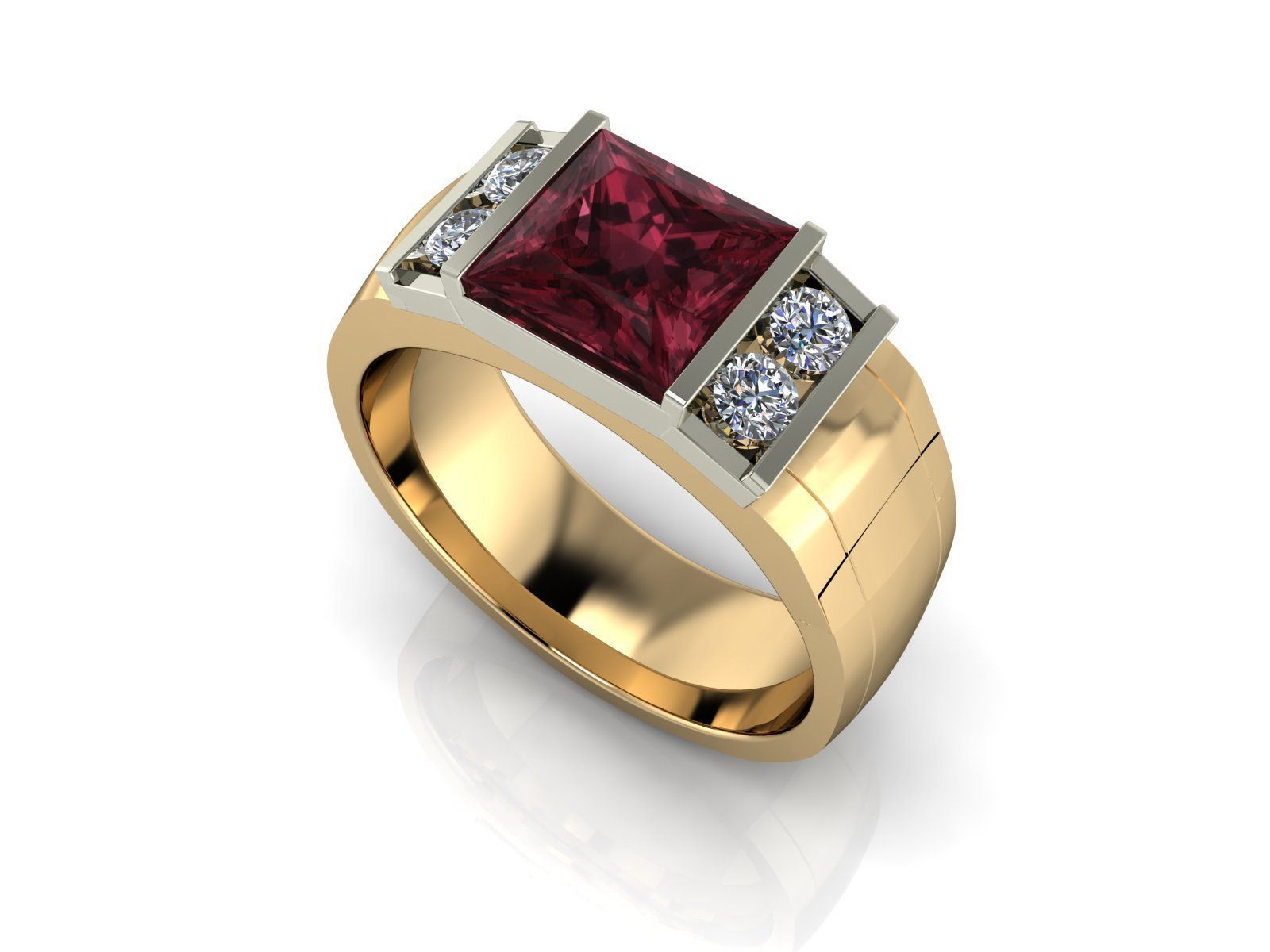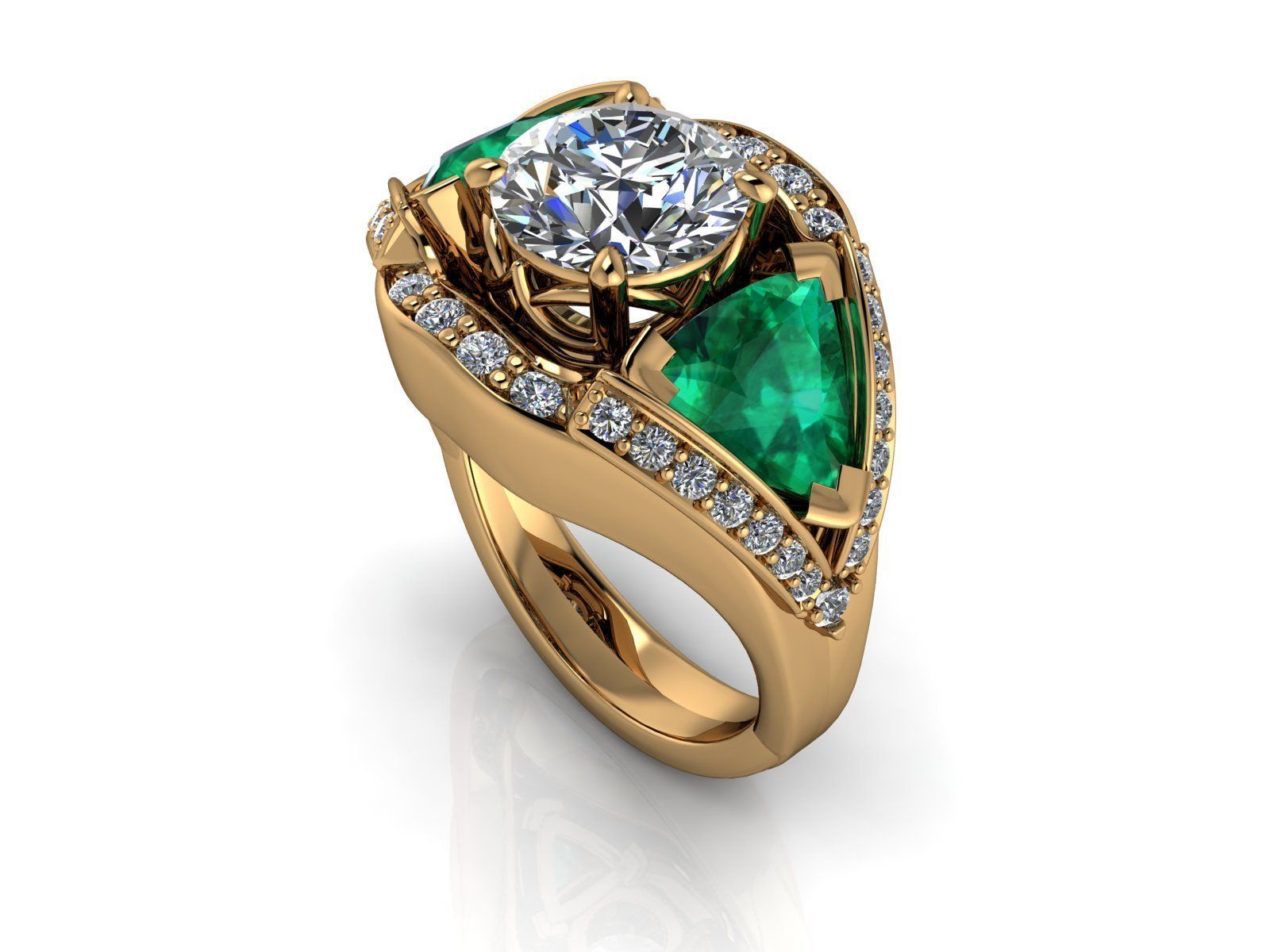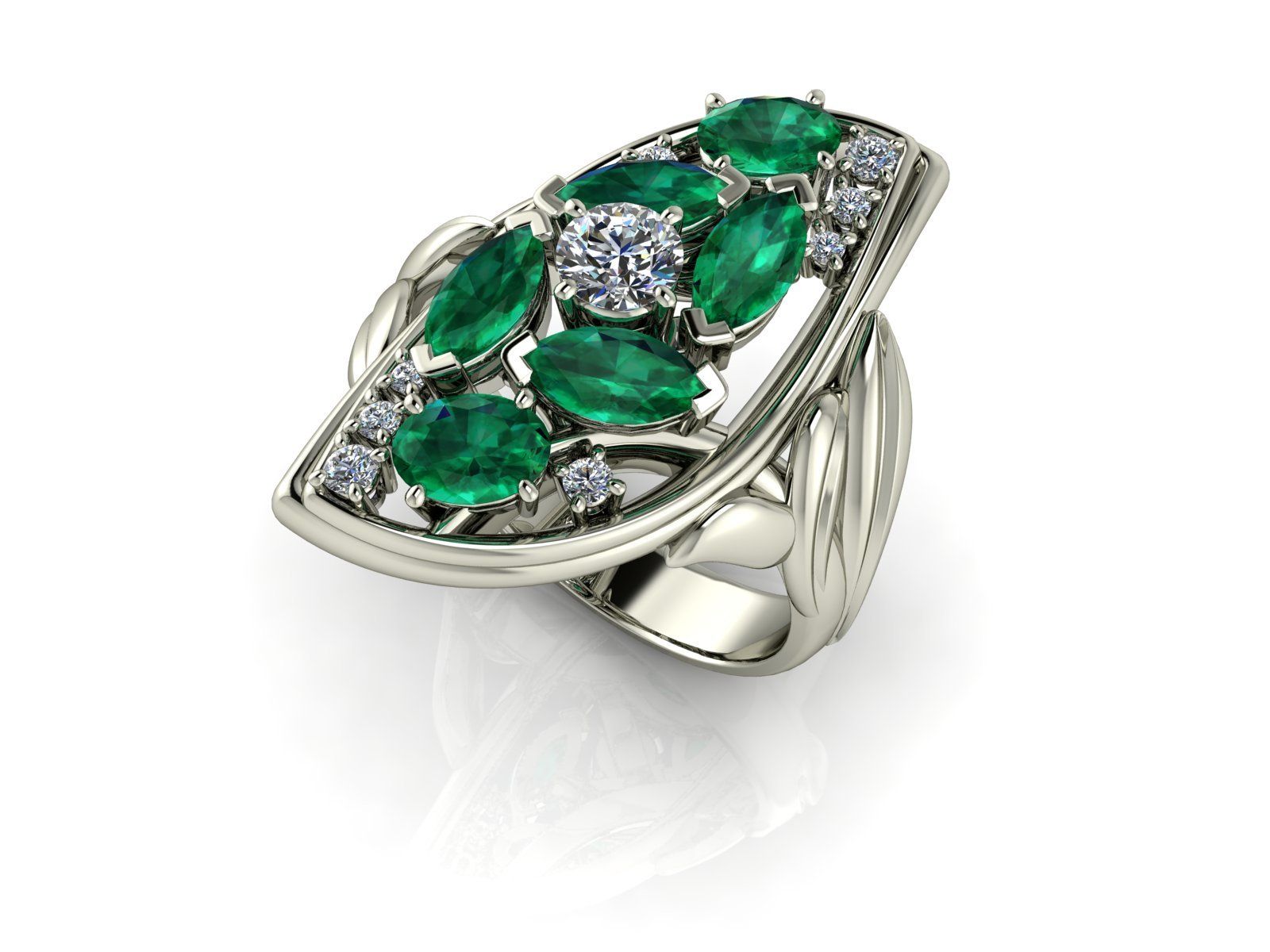Meet Cal Brockman, owner of Goldmark Jewelers in Portland, Oregon for 46 years.
Finding the Right Fit

Cal Brockman began learning the basics of jewelry making in 1970. Then, in 1976, he founded his jewelry business. He’s spent the last 46 years making original one-of-a-kind jewelry for his customers. “I really enjoy what I do. But part of what I do is getting harder. Ten years ago, I was considering how I might benefit from using computer-aided design in my work,” Cal explains.
After trying out a few of the programs that were available, he immediately thought the learning process would be difficult. “I wasn’t convinced it was for me— until Stuller introduced CounterSketch software. It looked simple and elegant, and I thought it could give me new tools to stretch my creativity and be effective in cutting production time on bands and more traditionally styled pieces ,” Cal says. “I tried the demos and decided to buy CounterSketch. It looked like a well designed CAD program and I was determined to learn how to use it.”

Growing with CounterSketch Software
“I bought a fast, powerful computer, installed CounterSketch, and watched all of the training videos then I just started creating! At first, it was fun to just add and position new components, change sizes, and stones and in a few months I was doing all of that while a client enjoyed watching the screen as their ring came to life. Then, Cal adds, "I attended webinars and learned how to reshape, bend, and duplicate, and even use polar array”, and has become confident using these CounterSketch software features with clients. Cal attends the online CounterSketch webinars to improve his techniques and learn new ways to use the software.
“With Countersketch, I can create dramatic and artistic jewelry with precision. I can create fine details that I can’t achieve using hand tools— twisting, bending, stretching and altering a component to match my vision is thrilling. It’s such a rewarding process for me.”
Cal is quick to demonstrate CounterSketch software to anyone who is interested. “I open to a portfolio whenever I think someone will enjoy seeing an idea in 3D and move it around the screen. Viewing models on a computer screen is a familiar experience for most young buyers and this enables them to participate in the creative process.”
Here are five exquisite examples where Cal overcame design challenges using CounterSketch software:

Filigree Gallery Ring
“This ring needed open gallery sides. I achieved this by making a duplicate band in a larger finger size, then fitting it over the original and bringing in the sides to blend. Then, I filled the spaces with small-scale scrolls. Stuller’s CAM Services had to scale some of these design elements larger until they were castable, but the overall design came out looking fine!”

Bold Men’s Band
“This man’s ring was challenging to create because it needed a wide, thick top which would hold a big square stone. I chose a heavy profile stock band made for an an oval and did everything I could think of to get it bulkier, flat, and thick enough for the stone. I built the white gold top from square wire forms using CounterSketch and then filled under the ends with another strip of wire.”

Deep-Profile Morganite Ring
“This client wanted a Morganite center stone. I found a beautiful stone, but it had a really deep profile and the client wanted this open-strut-prong-style ring. After I got the top to fit the stone, I selected and scaled scroll forms until I could fit them into these open spaces. In the end, the ring protects and displays the stone and looks elegant.”

Two Trillion-Cut Emeralds Ring
“This large looking ring with two 6.5 mm trillion-cut Emeralds is a size 5, while the center Diamond is 7.0 mm. It needed to be classy and artistic, yet wearable and protective of the Emeralds. That was a tough assignment and I don’t think I would have tried to do this without CounterSketch. Getting the stones to fit required many attempts and restarts— as the Emeralds had to be placed deeply into the sides. The outer framing rings are opposing copies tilted to taper and blend. It looks wonderful, but it is more suited to special occasion wear.”

Freeform Floral Motif Ring
“This striking ring is a collection of standard and freeform parts that fit inside this fluid double frame holding each stone individually. The client is a gardener and loves being outdoors, so she wanted an expressive, natural-feeling floral motif in a large ring with emeralds and diamonds that she could wear a lot. Looking closely, you will see underlying support wires which were to ensure a complete casting and to support the stones. It worked well on both accounts and she loves to show it off.




